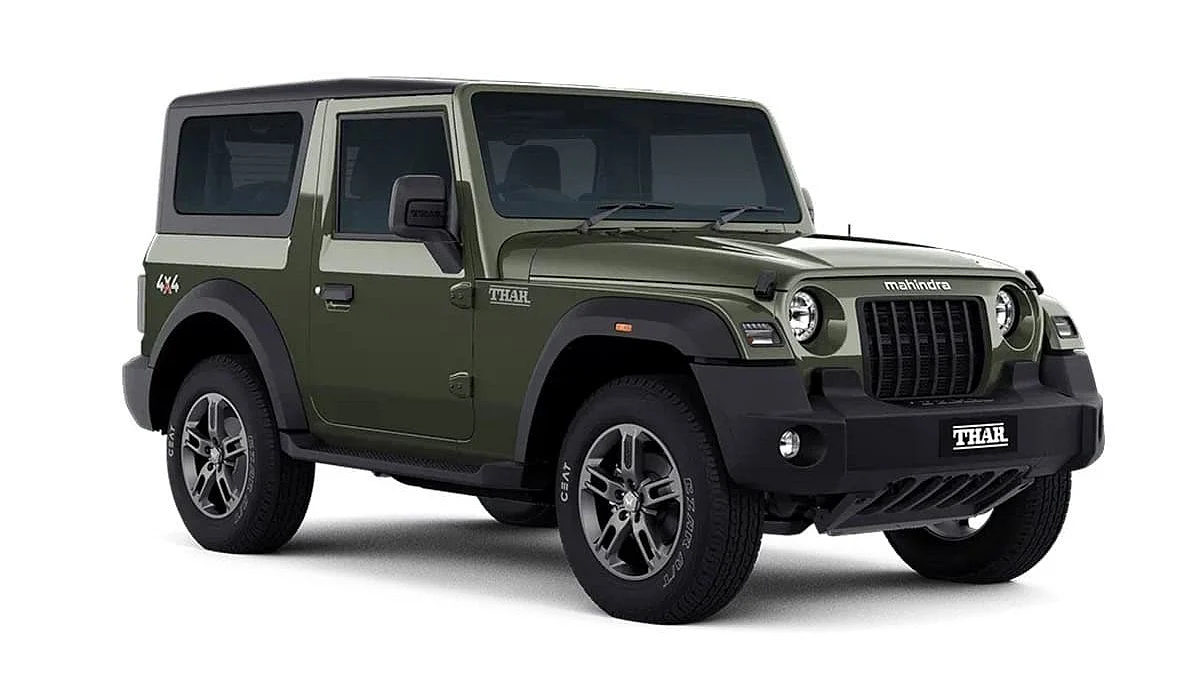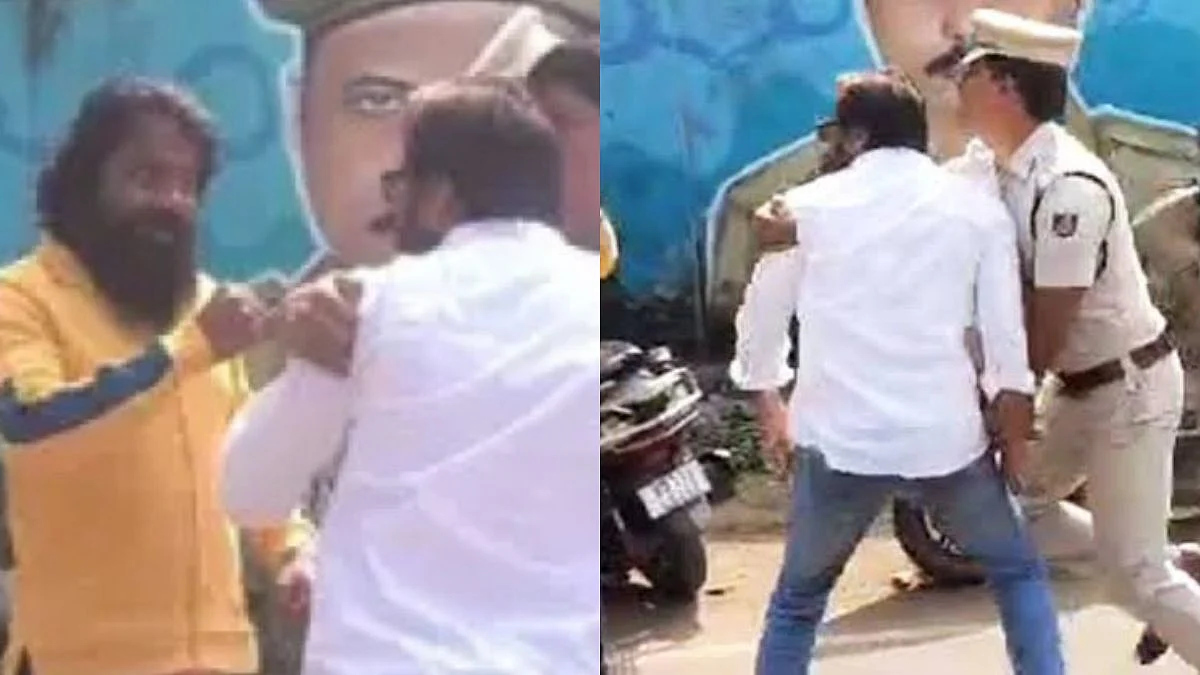Narain Karthikeyan — Naam To Suna Hoga — called the fastest Indian in the world, Karthikeyan became the first Indian to drive a Formula 1 car in 2001 and made his debut with Jordan Grand Prix in 2005. From living life in the fast lane, Karthikeyan switched gears, thanks to pandemic and launched DriveX Mobility selling refurbished two-wheelers. History of Indian motor racing will always be referred to as before NK and after NK. In a chat with The Free Press Journal, Karthikeyan shares his plans for the company, his racing days and driving in Bengaluru.
Could you please give us an overview of DriveX and explain what it's all about? Additionally, could you share insights into how your team operates and collaborates to bring your vision to life?
Well, DriveX was launched back in August 2020, amidst the COVID-19 pandemic, when personal mobility became paramount. Initially, we offered two-wheelers through subscription and lease models, but as customers expressed interest in purchasing the vehicles they had grown accustomed to, we saw an opportunity. We expanded our services to include selling serviced pre-owned two-wheelers, addressing the pain points customers faced in the market.
We streamlined the buying process partnering with reputable finance institutions to offer financing at lower interest rates and provided warranties to ensure customer satisfaction. Our focus has always been on delivering an experience akin to buying a new vehicle, despite it being pre-owned.
Through our dedication to quality assurance and customer satisfaction, DriveX has emerged as a leader in the organized used two-wheeler market in India. Our operations revolve around four main pillars: procurement, service, sales, and retail. We also supply spare parts to our dealerships and appoint touch-point retailers, maintaining a network of 3S facilities akin to OEM stores.
In essence, DriveX success is a testament to our ability to understand and address customer needs while building a robust operational framework to deliver quality pre-owned two-wheelers.
Considering DriveX's strong presence in South India, I'm interested in your plans for expansion. Are there strategies in place to enter North India and target tier 2 or 3 cities? If so, could you share some details on how you aim to approach these new markets?
We've begun our exploration of the NCR market, but our primary focus remains on the clusters where we're currently established. The opportunities in these areas are significant, and we're committed to maximizing our presence there first. While expansion into larger markets and eventually going Pan India is on our radar, our immediate priority is to strengthen our position in our existing markets and provide top-notch service to our customers.
Moving from racing cars to starting your own business in 2-wheeler segment is quite a change. How do you think your time as a racer has helped you with this new venture?
Growing up, motorcycle was a part of my life, and through my racing career, I’ve been deeply connected with the automotive ecosystem, including manufacturers and the racing world. When I looked at the market, I saw established players in the four-wheeler segment, but the two-wheeler space seemed ripe for innovation.
Inspiration struck when encountered Gojek, a major two-wheeler platform in Indonesia with multiple verticals. Considering India’s status as the largest producer of two-wheelers and the massive size of the pre-owned market, it was clear that there was immense potential waiting to be tapped.
The timing aligned when the COVID-19 pandemic disrupted racing plans, giving me ample time to delve into business ideas. Leveraging my connections with companies like Bajaj and TVS, we embarked on creating DriveX with a focus on providing affordable, reliable mobility.
We wanted to redefine the pre-owned bike experience, offering not just reliability but also a sense of owning a renewed vehicle. That's why we invested in refurbishment centers or "micro factories" in places like Hosur and Coimbatore, ensuring top-notch servicing with OEM parts.
While many platforms outsource servicing, we decided to keep it in-house to maintain quality control and ensure a seamless customer experience. Over the years, our focus on reliability and quality servicing has set us apart in the market, and that's what continues to drive us forward.
F1 racing, or car racing in general, is still relatively unexplored as a sport or career path in India. What are your thoughts on this, and how would you advise young people interested in pursuing this sport as a career?
Back in 2011 and 2012, I was sole Indian driver representing in certain races, which was a significant moment for me. However, we faced challenges with logistics and customs issues, hindering the growth of motorsport in India. Despite efforts, factors like the closure of the Indian Grand Prix and issues with teams like Force India led to a decline in the sport’s popularity.
Fortunately, recent developments like the Netflix series ‘Drive to Survive’ have sparked renewed interest in motorsport. Access to races has become easier, especially with initiatives like one-make cups in two-wheeler racing, making it more affordable and accessible for young drivers.
While infrastructure remains limited, there are positive signs with new circuits and OEM initiatives emerging, particularly in two-wheeler racing. MotoGP’s recent visit to India indicates a growing interest in this segment. However, four-wheeler racing is still faces challenges due to high cost and limited local production. Despite this, the interest in motorsport, especially two-wheeler racing, is at an all-time high.
Given your experience and influence in motorsport, are you considering any initiatives to reignite interest in Formula One within India?
Absolutely, I’ve had the opportunity to engage with Anurag Thakur ji, and it’s encouraging to see that the government is considering extending support to revitalize interest in motorsport, including Formula One. While it’s a process that will take time, recent events like the exhibition race at Dal Lake in Srinagar, supported even by the honourable Prime Minister, are positive indicators.
It’s evident that the government recognizes motorsport as a legitimate sport now, which wasn’t always the case. With efforts in the right direction, there is hope that within the next 12 months, we could see some significant involvement from the government in supporting motorsport initiatives.
What's your take on the EV market in India? Do you think it's the right time for India to shift to EVs, or do you believe we're not adequately prepared due to the lack of resources like EV charging stations and fast charging options?
The technology behind electric vehicles (EVs) is undoubtedly proven, but the key consideration lies in affordability and cost-effectiveness. Factors like the cost of ownership, residual value, and battery longevity play crucial roles in determining the viability of EVs in the market.
Currently, there are still uncertainties surrounding battery technology, particularly in terms of cost and efficiency. While battery swapping is gaining traction, it’s still in its nascent stages, and there’s room for improvement in terms of affordability.
Regarding the possibility of Formula One races with electric racing cars, we already have Formula E, which is a world championship featuring electric vehicles. While Formula E has its own appeal, it’s true that the thrill of traditional racing engines remains a significant draw for many fans.
With the demanding Formula 1 schedule, how did you physically and mentally prepare yourself for the numerous races?
To be honest, for us drivers, the Formula One schedule isn't as daunting as it may seem. Many of us have our own private planes, physios, and dieticians traveling with us, so the logistics are well taken care of. It's all about passion for the sport. While it may be more challenging for the team as a whole in terms of logistics, for us drivers, it's just about adapting to different time zones. Ultimately, more races mean more opportunities to do what we love.
Is there a special moment from your Formula One career that you still cherish and would like to share with us?
One of the most memorable moments from my Formula One career was my debut race in Australia in 2005 with Eddie Jordan's team. Qualifying in wet conditions and securing the 11th position on the grid out of 22 cars was a remarkable achievement for me. It was a season filled with unforgettable experiences, especially considering the journey from India to Formula One, making that first race all the more special.
Were there any tracks on the Formula One circuit that you particularly enjoyed driving on and considered among your favourites?
There are several tracks on the Formula One circuit that I thoroughly enjoyed driving on and considered among my favourites. Traditionally, circuits like Suzuka, Silverstone offer exhilarating challenges for drivers. Additionally, street circuits like Monaco and the Macau Grand Prix provide a unique and demanding experience.
Some races, like the Singapore Grand Prix and the Bahrain Grand Prix, are known for their extreme conditions, with high temperatures pushing both man and machine to their limits. I recall the race in Qatar last year, where drivers faced intense physical strain, highlighting the gruelling nature of Formula One racing.
On a lighter note, how do you find driving around in Bangalore?
Well, Bangalore is undoubtedly a wonderful city to reside in, but when it comes to driving around, let's just say it can be quite the adventure. It's not uncommon for my commute to the office to stretch out to a good hour and a half. So, yes, I'd say it's quite the challenge navigating the city's traffic.
















